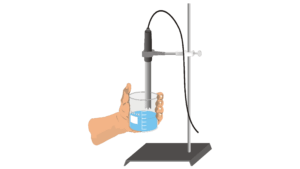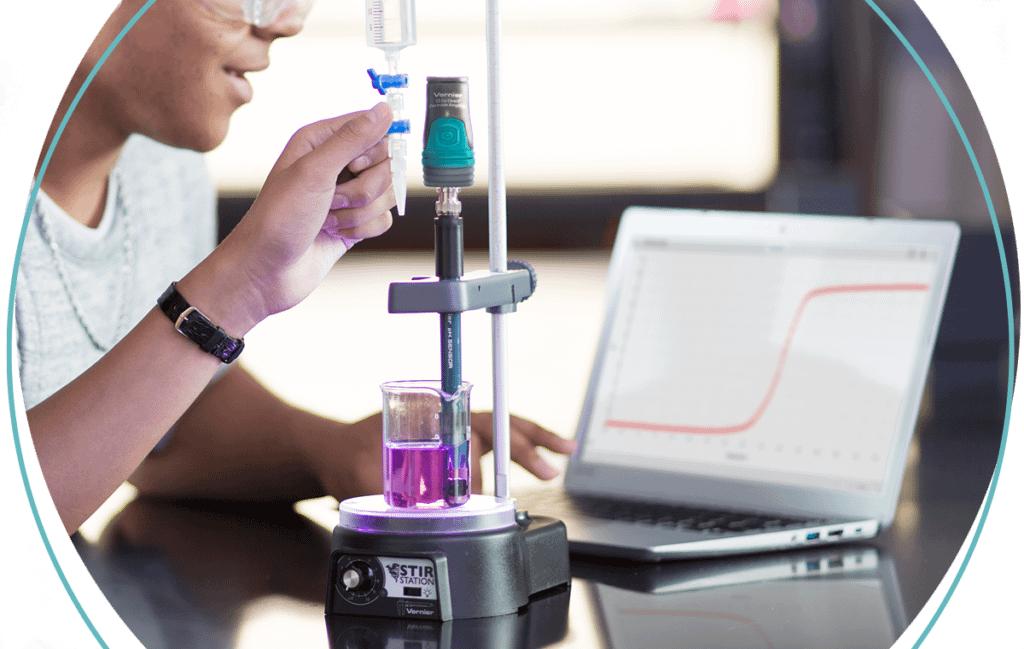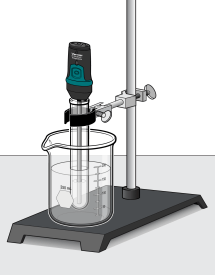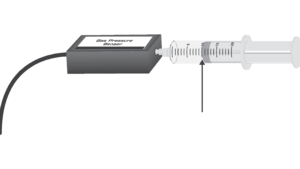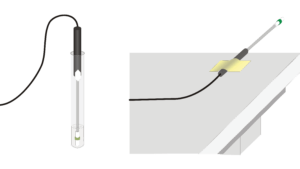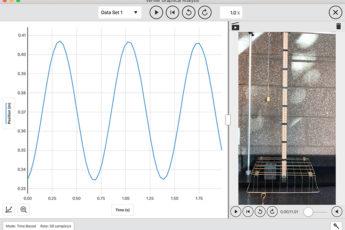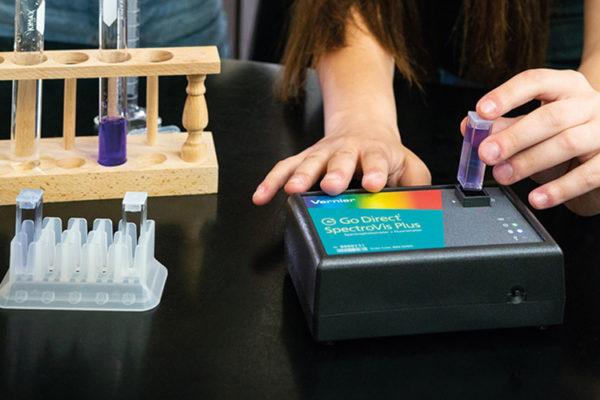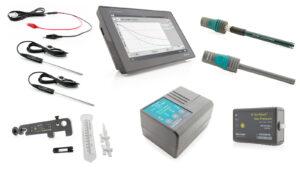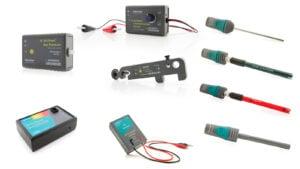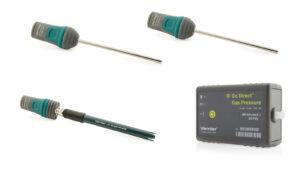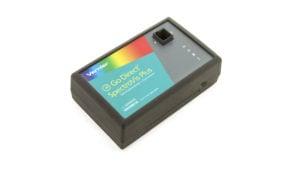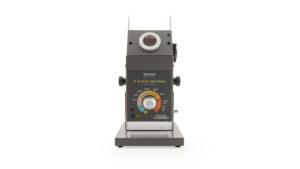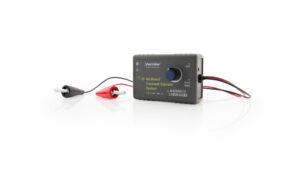In this experiment, Temperature Probes are placed in various liquids. Evaporation occurs when the probe is removed from the liquid’s container. This evaporation is an endothermic process that results in a temperature decrease. The magnitude of a temperature decrease is, like viscosity and boiling temperature, related to the strength of intermolecular forces of attraction. In this experiment, you will study temperature changes caused by the evaporation of several liquids and relate the temperature changes to the strength of intermolecular forces of attraction. You will use the results to predict, and then measure, the temperature change for several other liquids.
You will encounter two types of organic compounds in this experiment—alkanes and alcohols. The two alkanes are n-pentane, C5H12, and n-hexane, C6H14. In addition to carbon and hydrogen atoms, alcohols also contain the -OH functional group. Methanol, CH3OH, and ethanol, C2H5OH, are two of the alcohols that we will use in this experiment. You will examine the molecular structure of alkanes and alcohols for the presence and relative strength of two intermolecular forces—hydrogen bonding and dispersion forces.
